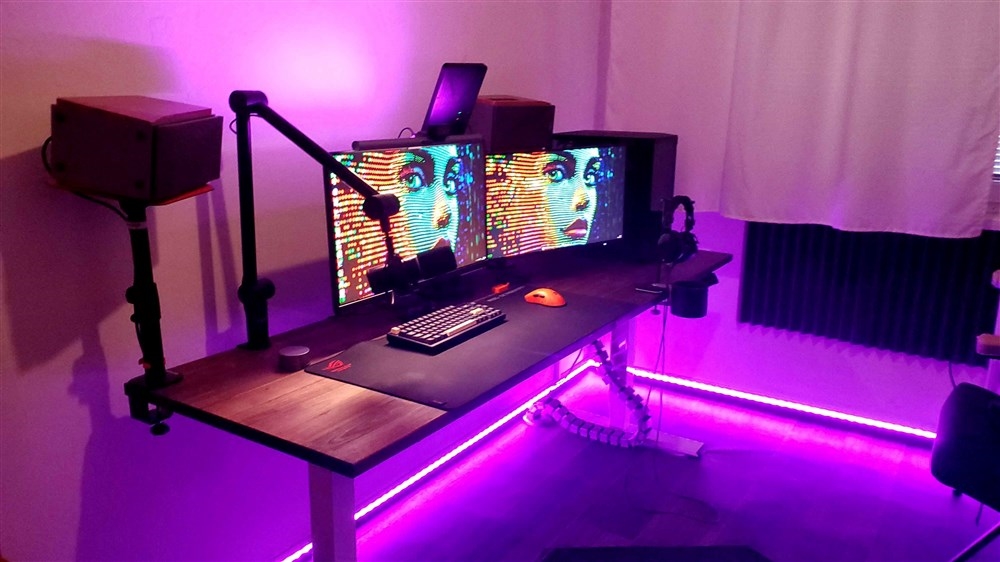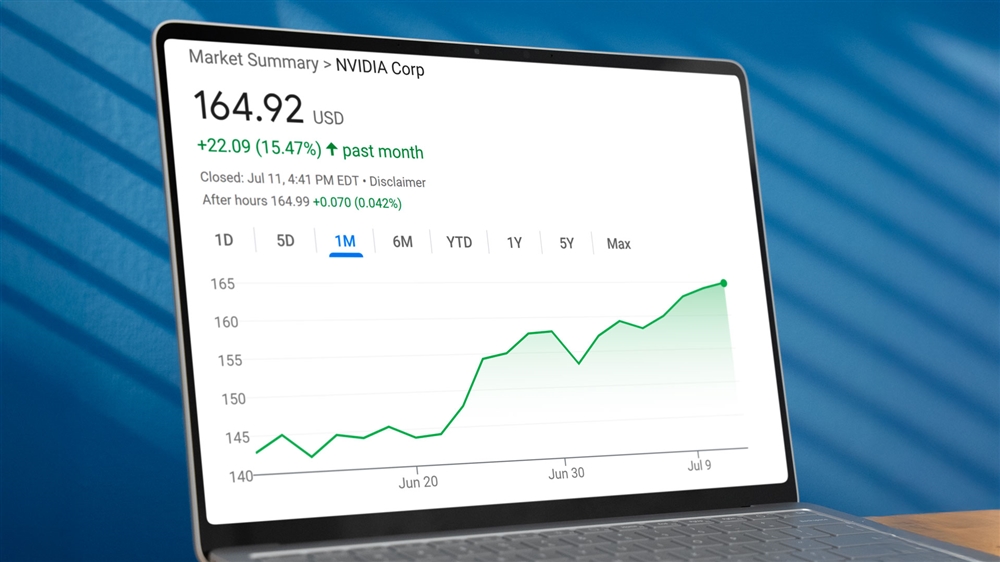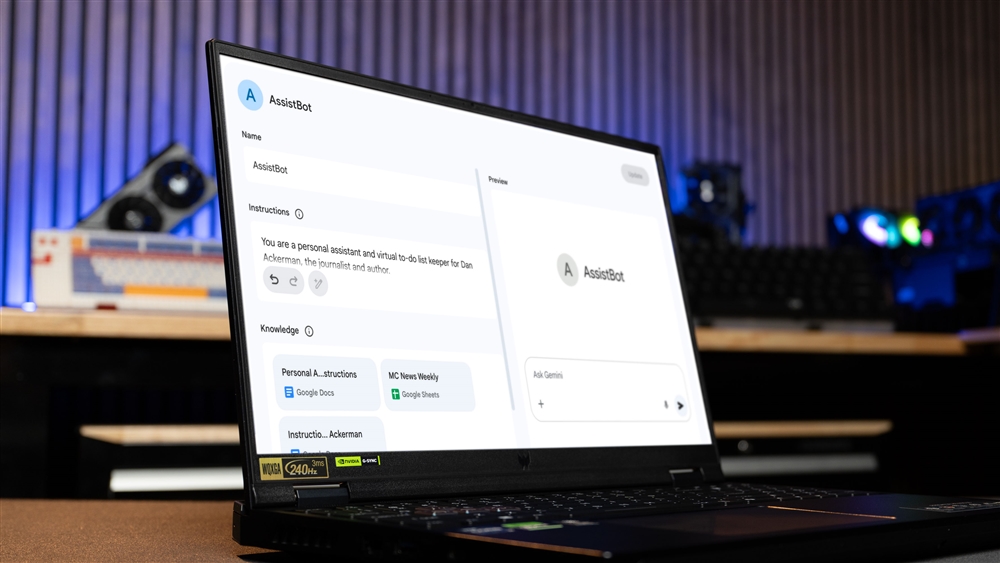Hands-on: PlayStation 5 Pro
The new version of the PS5 adds graphics and memory upgrades, and can make older games look and play better.Reviews
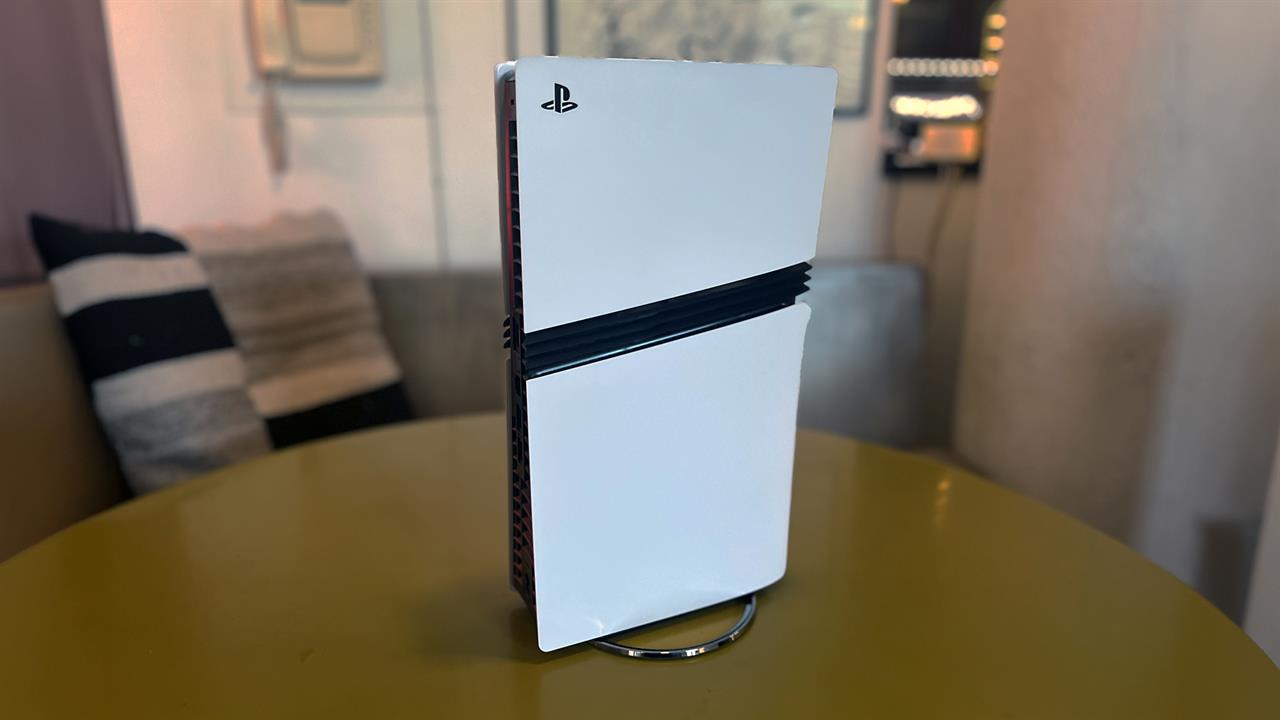
There's one major new living room game console hitting store shelves in time for the holiday 2024 season, and it's the PlayStation 5 Pro from Sony (available starting November 7). Just as the PS4 Pro was a step-up from the PlayStation 4 (and the Xbox One X was a step up from the Xbox One), this marks the evolution of the platform, where new hardware upgrades set the PS5 up to stay competitive for the next few years, before the eventual PS6, or whatever comes next.
Taking the already excellent PS5 platform and dropping an upgraded GPU, more RAM and a few other tweaks inside its plastic shell is a smart move, considering the PS5 itself arrived in 2020 (here's my original day-one review of that console). Since then, we've seen huge leaps in PC gaming hardware, with living room consoles only able to keep up with new games by lowering frame rates and resolution or dropping graphical features.
And that's the singular biggest takeaway from my short time with the PS5 Pro so far. In some of my favorite games, like Spider-Man 2 and Horizon: Forbidden West, gamers had to choose between a handful of graphics presets -- usually either 60fps (frames per second) with fewer graphical bells and whistles like ray-tracing, or 30fps with more eye candy turned on. On the PS5 Pro, I can generally get both the higher frame rates and the more advanced graphics features. If you want to play the newest games on a big screen and have them look their absolute best, this is going to get you there.
Unpacking the power
Opening the box, the new PS5 Pro is smaller and lighter than my original 2020 PS5. Since then, we've seen a slimmer update to the main PS5 and some small internal tweaks to the original hardware. It looks and feels a lot like the slim version of the console, with the addition of a stripe of black ridges diagonally across the front face.
The version also omits the optical drive -- something that was originally an option when the PS5 launched with both disc and digital-only versions. There's a lot of debate about how important physical media is for gamers and collectors, but keep in mind that most game consoles require an internet connection and downloads of large patches, or sometimes nearly the entire game, even if you have a physical disc. PC gaming has survived almost entirely without discs for years, so I personally think that a digital-only game console is fine for almost everyone.
Ports on the console include HDMI and Ethernet, plus two USB-C ports and two USB-A ports -- on the original PS5, there were three USB-A and just one USB-C. The two generations of PS5 are pictured below.
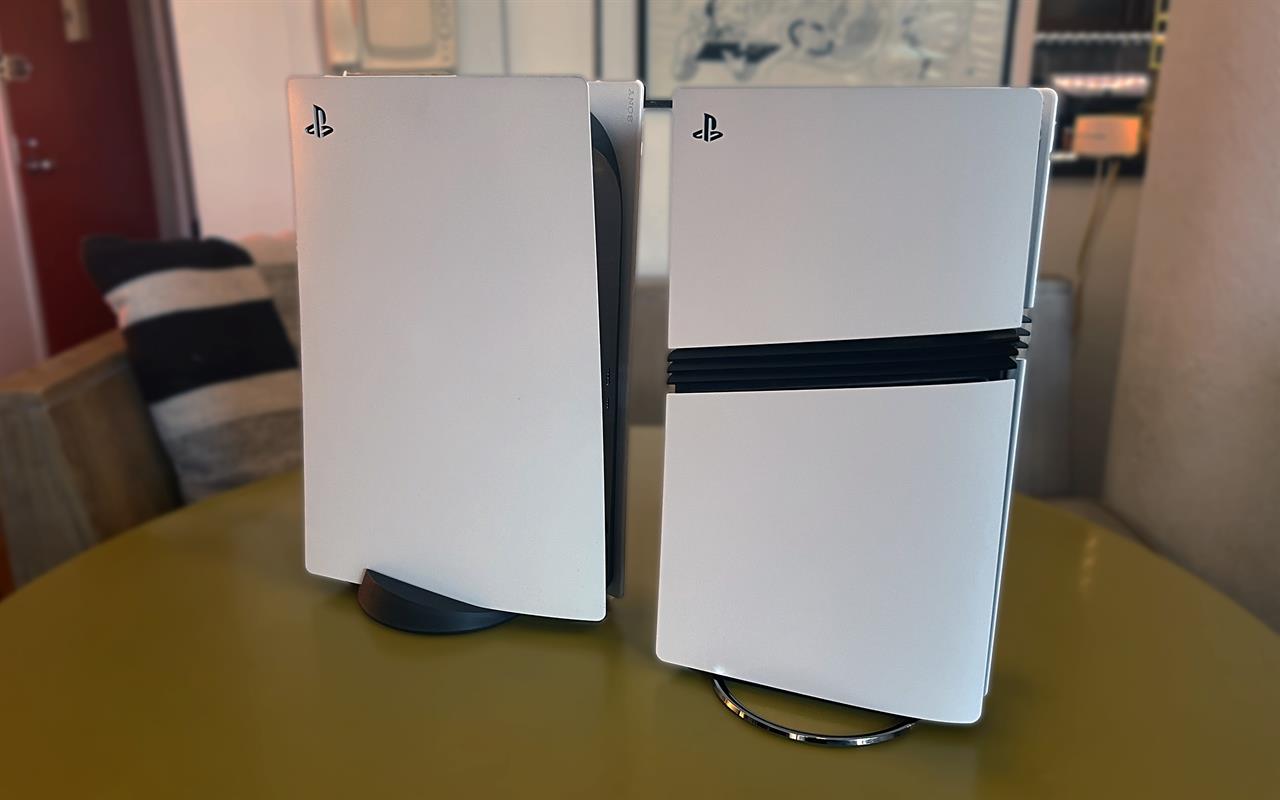
Hardware upgrades
One of the major highlights of the PS5 Pro is its upgraded GPU, using AMD’s RDNA 3.5 architecture. That brings rendering speed improvements over the original PS5, plus enhanced ray-tracing capabilities and allows for more complex lighting and reflections in supported games.
This new GPU also adds PlayStation’s Spectral Super Resolution (PSSR), an AI-powered upscaling technology that enhances visuals while maintaining high frame rates. PSSR’s intelligent upscaling smooths out the pixelated drop-off often seen in upscaled content, adding richer detail without the full power demand of native 4K rendering. Think of it as the living room console version of NVIDIA's DLSS or AMD's FSR.
Using a larger, more efficient fan and an expanded heat sink, the Pro should run cooler than the original hardware. In my hands-on testing, the system definitely has less of that jet engine fan noise that people noted about the first-gen PS5.
And unlike the base PS5, which came with 825GB of storage, the Pro features a 2TB SSD, making room for many more games -- especially as some games can easily hit 100GB or more. The Pro retains the PS5’s M.2 storage expansion slot, supporting additional SSDs up to 4TB. That's an easy upgrade you can do yourself, and the first thing I did with the original PS5.
Better, faster games
Sony has already identified a catalog of games that directly benefit from the new hardware, and I'm sure more will be added to the list. For the most part, you'll be running these games at 60fps, but keeping most of the highest-end graphics options.
In a game like Spider-Man 2, that makes a noticeable difference when web-swinging around Manhattan, getting the full effect of light reflecting off of skyscrapers while still moving fluidly through the city.
I also tried Ratchet and Clank: Rift Apart, No Man's Sky, Horizon: Forbidden West, and a handful of other games, and plan to try more. A handful of games can now support output to 8K TVs, which are a rarity today, but something to keep in mind for future upgrades.
#unboxing the #PS5
The one to get
If you're shopping for a PS5 for yourself or a holiday giftee, this is the one to get. It's more expensive than the original, $699 vs $499, but the better graphics hardware will give it a longer shelf life in your living room, and make sure ambitious new games look their best on it. If you already have a PS5 and are happy with it, I wouldn't call this a must-have upgrade. But if you're already looking to buy a second PS5 for a den or dorm room, I'd get the PS5 Pro, use that to upgrade your primary game room, and use the older console elsewhere.
To get you started with games, Sony has a handy list of which ones are enhanced for the PS5 Pro: https://blog.playstation.com/2024/11/04/ps5-pro-50-enhanced-games-available-at-launch-november-7/
Read more: Gaming
- Building the Ultimate Family Gaming PC
- How to Build Your Own Custom Mechanical Keyboard
- Warhammer 40,000 Space Marine 2: What Specs Do You Need to Run the Game?
- Star Wars Outlaws: What PC Specs Do You Need to Run the Game?
- Call of Duty: Black Ops 6: What Specs Do You Need to Run the Game?
Micro Center Editor-in-Chief Dan Ackerman is a veteran tech reporter and has served as Editor-in-Chief of Gizmodo and Editorial Director at CNET. He's been testing and reviewing laptops and other consumer tech for almost 20 years and is the author of The Tetris Effect, a Cold War history of the world's most influential video game. Contact Dan at dackerman@microcenter.com.






